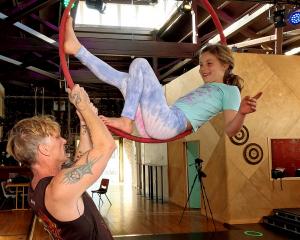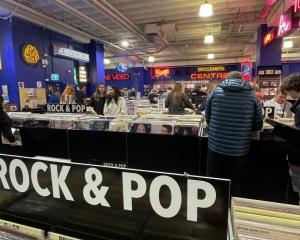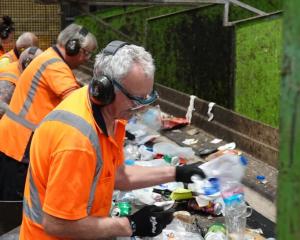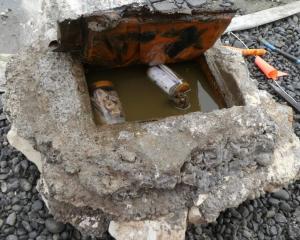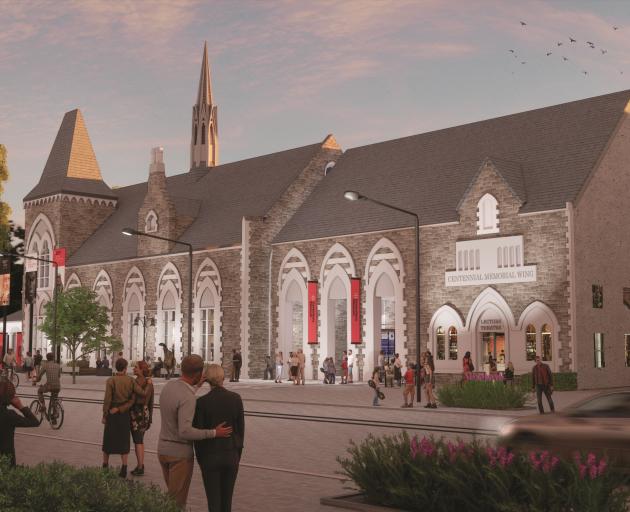
Museum director Anthony Wright says the museum has listened very carefully to the feedback it has received to date on the proposed redevelopment.
“People have told us that protecting the heritage buildings and placing a greater emphasis on Māori, Pasifika and multicultural exhibits were all important considerations for any redevelopment of the Museum.
“They wanted to see the blue whale skeleton back on display, improved visitor facilities and new prehistoric animal exhibits. People also want us to retain favourites such as Discovery, the Christchurch Street and Fred and Myrtle’s Pāua Shell House.”
He says that Athfield Architects have captured all of the feedback in the proposed concept designs, while maintaining the much-loved intimate feel of the Museum. “The design increases the sense of discovery, surprise and the feeling of never being quite sure of what’s around the corner. However the way people move through the Museum will definitely be improved.
“We will be bringing back the blue whale skeleton which has not been on public display for 26 years. The 26.5 metre skeleton will be a focal point in the Museum, suspended in a new central full-height glass roofed atrium,” says Mr Wright. “We are also looking forward to developing a new, expanded Antarctic exhibition.”
Canterbury Museum Chair David Ayers says, “The brief we provided Athfield Architects was quite challenging.”
“We want the proposed redevelopment to enhance and celebrate our history by unveiling heritage fabric that has been hidden for many years. The concepts have more than met our expectations and we’re looking forward to hearing what the Canterbury community thinks.”
The Museum is working closely with Ngāi Tūāhuriri on the concept designs.
Puamiria Parata-Goodall, Kaiurungi (Chair) of the Museum’s Ōhākī o Ngā Tīpuna says, “At the heart of the new Museum is a new space called Araiteuru, housed in the central full-height atrium. Araiteuru celebrates the importance of how we welcome people to the Museum and this is where we will tell the story of mana whenua and tangata whenua through a mix of contemporary and traditional methods.”
Araiteuru will be home to a new contemporary whare – a ceremonial and educational space. The Whare Whakairo (carved meeting house) Hau Te Ananui O Tangaroa, a taonga that hasn’t been on display for 64 years, will also hold pride of place in Araiteuru.
The concept designs propose that the walls on the northern sides of the original Benjamin Mountfort-designed buildings will be revealed and original exterior elements, including the flèche (slender roof-top spire) on the Rolleston Ave façade, will be reinstated.
A new three-storey building, within the height limits of the Rolleston Ave roof line, would wrap around the north side of the heritage buildings, exposing their heritage walls to public view. The building would include mezzanine floors, multifunctional spaces such as a new lecture theatre and increased space for permanent and temporary exhibitions.

A key element of the concept design is a second Rolleston Ave entrance. The current entry to the Museum is too small to be the only entrance, and with more than 750,000 visitors a year and rising, an additional entrance will reduce congestion and improve the flow of visitors into the building. This entry will also house a cafe with sidewalk seating.
Heritage architecture expert Jim Gard’ner says the concept design for the Rolleston Ave facade respects and celebrates the Gothic Revival language of Benjamin Mountfort. “The additions to the Museum and planned central circulation patterns are informed by Mountfort’s original unrealised plans and ideas for the extension of the Museum.
“The proposed additional entrance on Rolleston Ave will have three openings into a covered portico. This draws on the typical tripartite form commonly found in Gothic Revival architecture, including the 1878 porch of the existing entrance to the Museum, key entrances within the Arts Centre, and the porch of Christ Church Cathedral,” says Mr Gard’ner.
Floor to ceiling glass will be added to part of two floors of the Roger Duff Wing which will house a split-level family cafe alongside Discovery, the Museum’s natural history centre for children.


